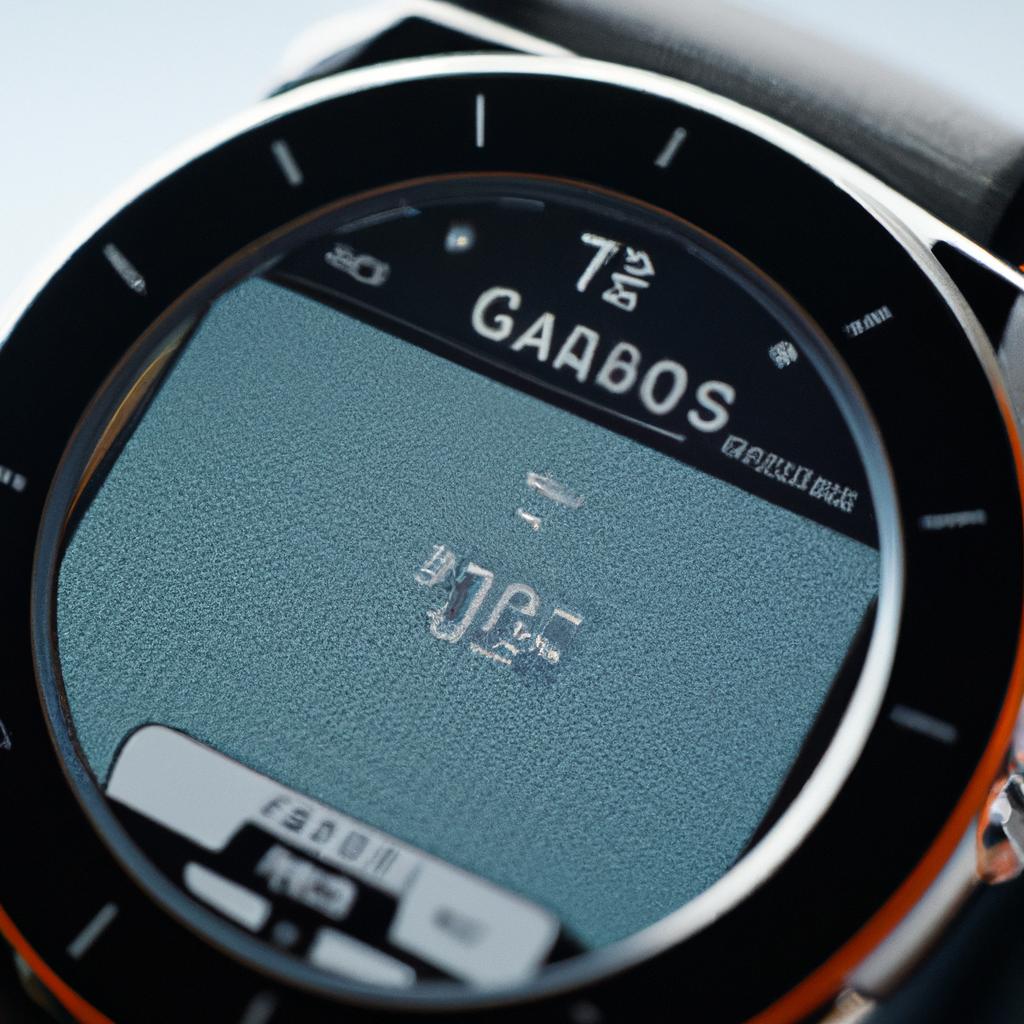Maximizing GPS Accuracy: Tips for Fine-Tuning Your GPS Watch Settings for Different Environments
# Maximizing GPS Accuracy: Tips for Fine-Tuning Your GPS Watch Settings for Different Environments
In today’s world, GPS technology has become an essential tool for outdoor enthusiasts, athletes, and anyone who relies on accurate navigation. Whether you’re hiking through dense forests, cycling along coastal paths, or running in urban areas, the accuracy of your GPS watch can significantly impact your performance and safety. However, various environmental factors can interfere with GPS signals, leading to inaccuracies in tracking your distance, pace, and route. In this blog post, we will explore how to fine-tune your GPS watch settings for different environments, ensuring you get the most accurate readings possible.
## Understanding GPS Accuracy
### Factors Affecting GPS Accuracy
Several external factors can affect the accuracy of your GPS device. These include atmospheric conditions, obstructions such as buildings and trees, and even the quality of the GPS receiver in your watch. Understanding these factors is crucial for maximizing your GPS accuracy.
### Types of GPS Signals
GPS devices receive signals from satellites orbiting the Earth. The more satellites your device can connect to, the more accurate your location will be. In open environments, your watch can easily access multiple satellites, but in areas with tall buildings or dense vegetation, signal reception may be compromised.
## Fine-Tuning Your GPS Watch Settings
### Adjusting Your GPS Mode
Most GPS watches come with different settings or modes tailored for specific activities. For instance, if you’re running on a track, consider switching to the “Track Mode” which uses GPS data more frequently for improved accuracy. Conversely, if you’re hiking in the mountains, you might want to switch to a mode that prioritizes battery life, acknowledging that slight inaccuracies can be acceptable in such environments.
### Enhancing Satellite Connectivity
To improve satellite connectivity, allow your GPS watch to perform a “cold start.” This means turning it off for a few minutes and then turning it back on to refresh the satellite data. Additionally, try to start your activity in an open area to ensure a strong satellite lock before heading into more confined spaces.
## Nutrition Tips for Optimal Performance
Maintaining proper nutrition can enhance your overall performance while using a GPS watch for tracking your activities. Here are some essential nutrition tips:
– **Stay Hydrated:** Dehydration can impair physical performance and cognitive function. Ensure you drink enough water before, during, and after your activity.
– **Fuel with Carbohydrates:** Consuming carbohydrates before your workout can provide the necessary energy for optimal performance. Whole grains, fruits, and vegetables are excellent sources.
– **Post-Exercise Recovery:** After your workout, replenish your energy stores with a balanced meal that includes protein and healthy fats to aid recovery.
## Exercise Advice for Different Environments
When exercising in varied environments, adapting your approach can enhance both your experience and your GPS accuracy.
### Urban Running
In urban settings, tall buildings can disrupt GPS signals. To mitigate this, run in open spaces or parks when possible. Regularly check your watch to ensure it’s tracking correctly, especially when navigating through busy streets.
### Trail Running and Hiking
For trail runners and hikers, dense trees can also compromise GPS accuracy. Consider using a watch with a barometric altimeter that can provide elevation data, helping you navigate terrain more effectively even when GPS signals are weak.
### Cycling
Cyclists should aim to maintain a steady speed and avoid sudden stops, which can confuse GPS tracking. Use a GPS watch that provides live updates, so you can make real-time adjustments and keep your route accurate.
## Health Benefits of Using a GPS Watch
Using a GPS watch not only helps in tracking your workouts but also offers numerous health benefits:
– **Motivation:** Seeing your progress in real-time can motivate you to push harder and set new goals.
– **Data Analysis:** GPS watches often provide detailed statistics regarding your pace, distance, and heart rate, allowing for more informed training decisions.
– **Safety:** In unfamiliar areas, having a GPS device can provide peace of mind, helping you navigate safely back to your starting point.
## Conclusion
Maximizing GPS accuracy is essential for anyone looking to enhance their outdoor experiences while ensuring safety and performance. By understanding the factors affecting GPS accuracy, fine-tuning your watch settings for different environments, adhering to proper nutrition, and following exercise advice tailored to your surroundings, you can significantly improve your GPS tracking and overall performance. Ultimately, with the right adjustments and knowledge, your GPS watch can become an invaluable companion on















Post Comment